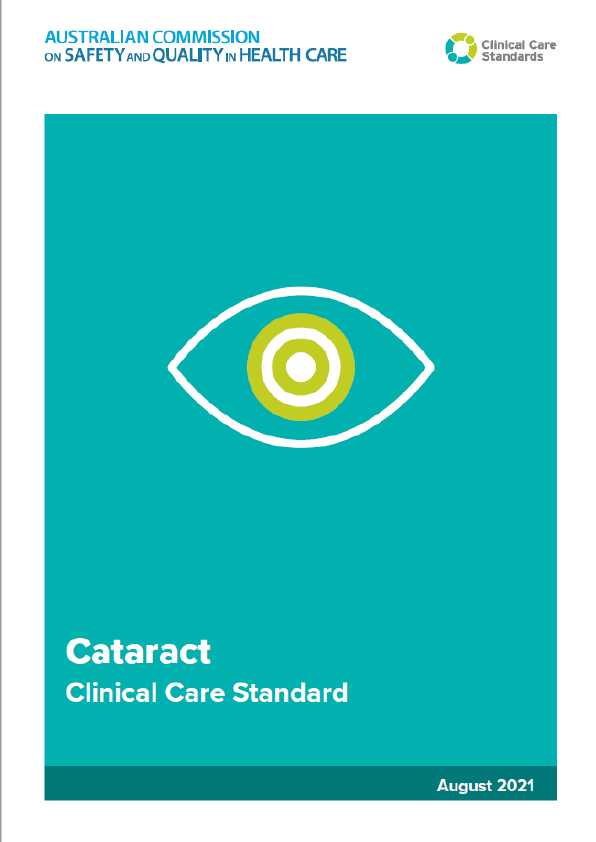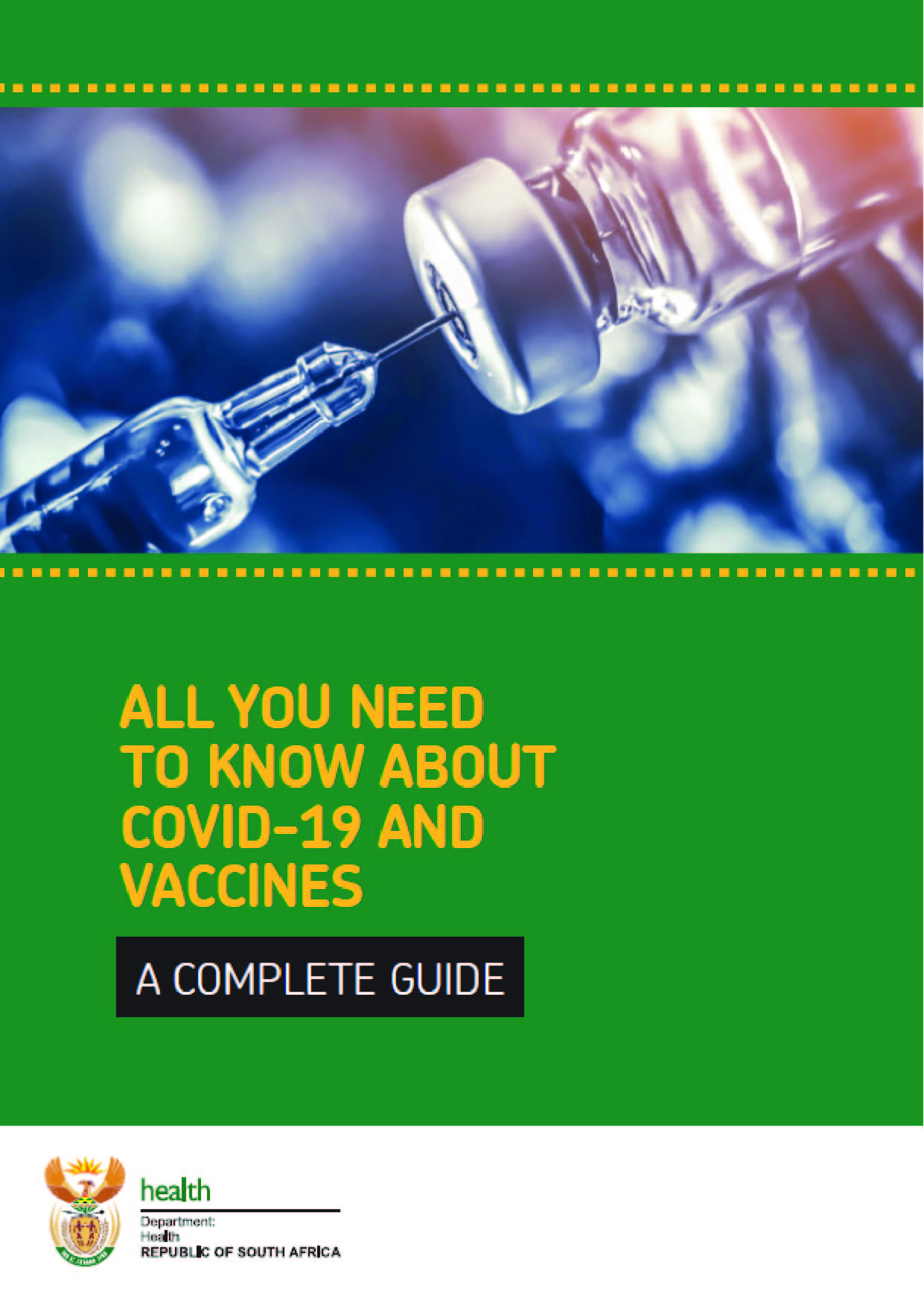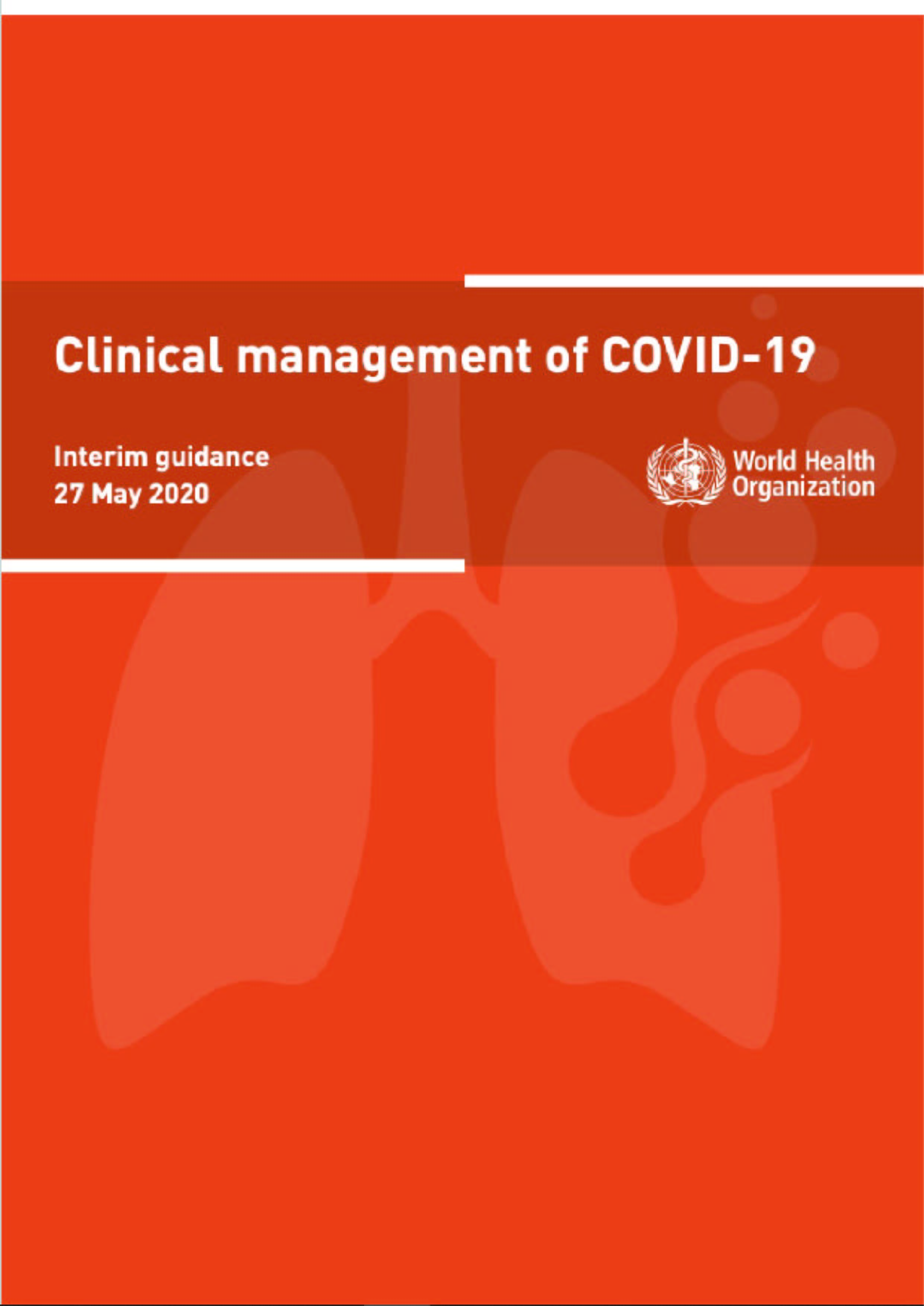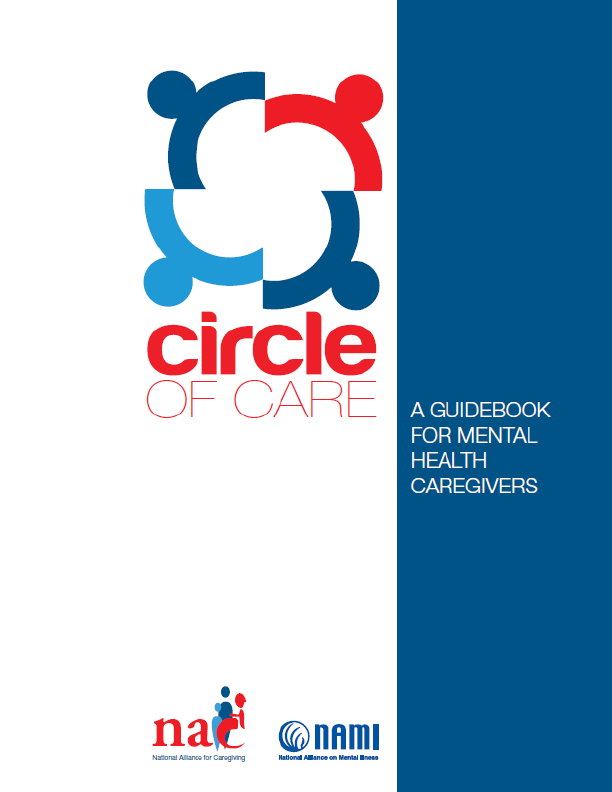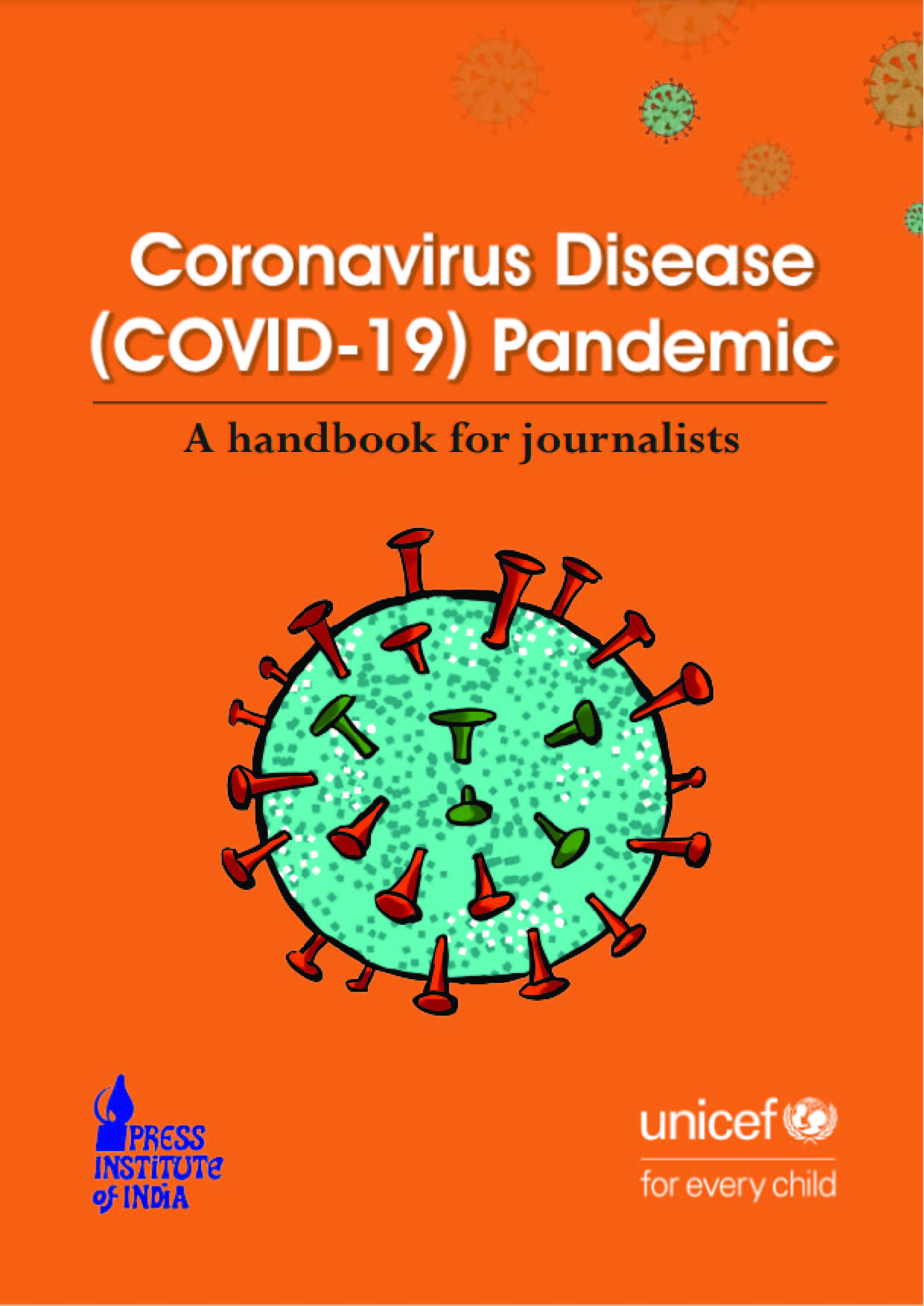Quality statements
- Primary care assessment and referral
a patient with visual problems and suspected cataract has an initial assessment in primary care of their visual impairment, vision-related activity limitations, comorbidities and willingness to have surgery. When referral is appropriate based on these criteria, the patient is referred for consideration for cataract surgery, and this information is included in the referral form. - Patient information and shared decision making
a patient with suspected or confirmed cataract receives information to support shared decision making. Information is provided in a way that meets the patients needs, and is easy to use and understand. The patient is given the opportunity to discuss the likely benefits and potential harms of the available options, as well as their needs and preferences. - Access to ophthalmology assessment
a patient who has been referred for consideration for cataract surgery is prioritised for ophthalmology assessment according to clinical need, based on a locally approved protocol and following receipt of a detailed referral. - Indications for cataract surgery
a patient is offered cataract surgery when they have a lens opacity that limits their vision-related activities and causes clinically significant visual impairment involving reduced best corrected visual acuity, disabling glare or contrast sensitivity. - Prioritisation for cataract surgery
a patient is prioritised for cataract surgery according to clinical need. Prioritisation protocols take into account the severity of the patients visual impairment and visionrelated activity limitations, the potential harms of delayed surgery, any relevant comorbidity and the expected benefits of surgery. - Second-eye surgery
options for a patient with bilateral cataract are discussed when the decision about first-eye surgery is being made. Second-eye surgery is offered using similar criteria as for the first eye, but the potential benefits and harms of a delay in second-eye surgery are also considered, leading to a shared decision about second-eye surgery and its timing. - Preventive eye medicines
a patient receives an intracameral antibiotic injection at the time of cataract surgery, in preference to postoperative topical antibiotics and according to evidence-based guidelines. - After surgery, a patient receives anti-inflammatory eye drops when indicated.
Postoperative care a patient receives postoperative care that ensures the early detection and treatment of complications of cataract surgery, and the patients visual rehabilitation. Postoperative care is provided by the operating ophthalmologist or a designated team member. The patient is informed of the arrangements for postoperative care.
